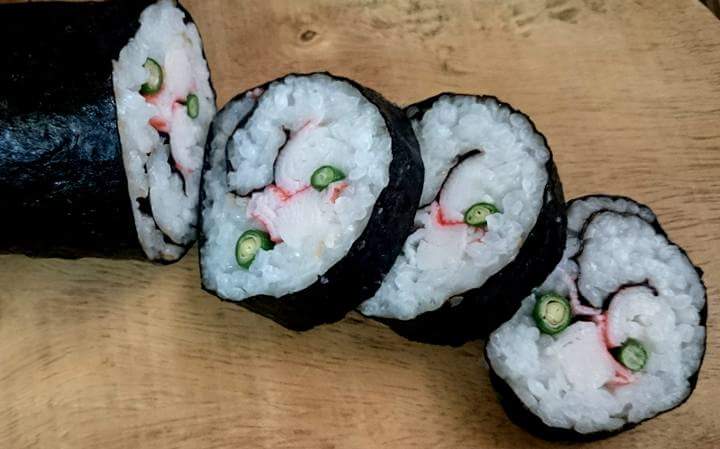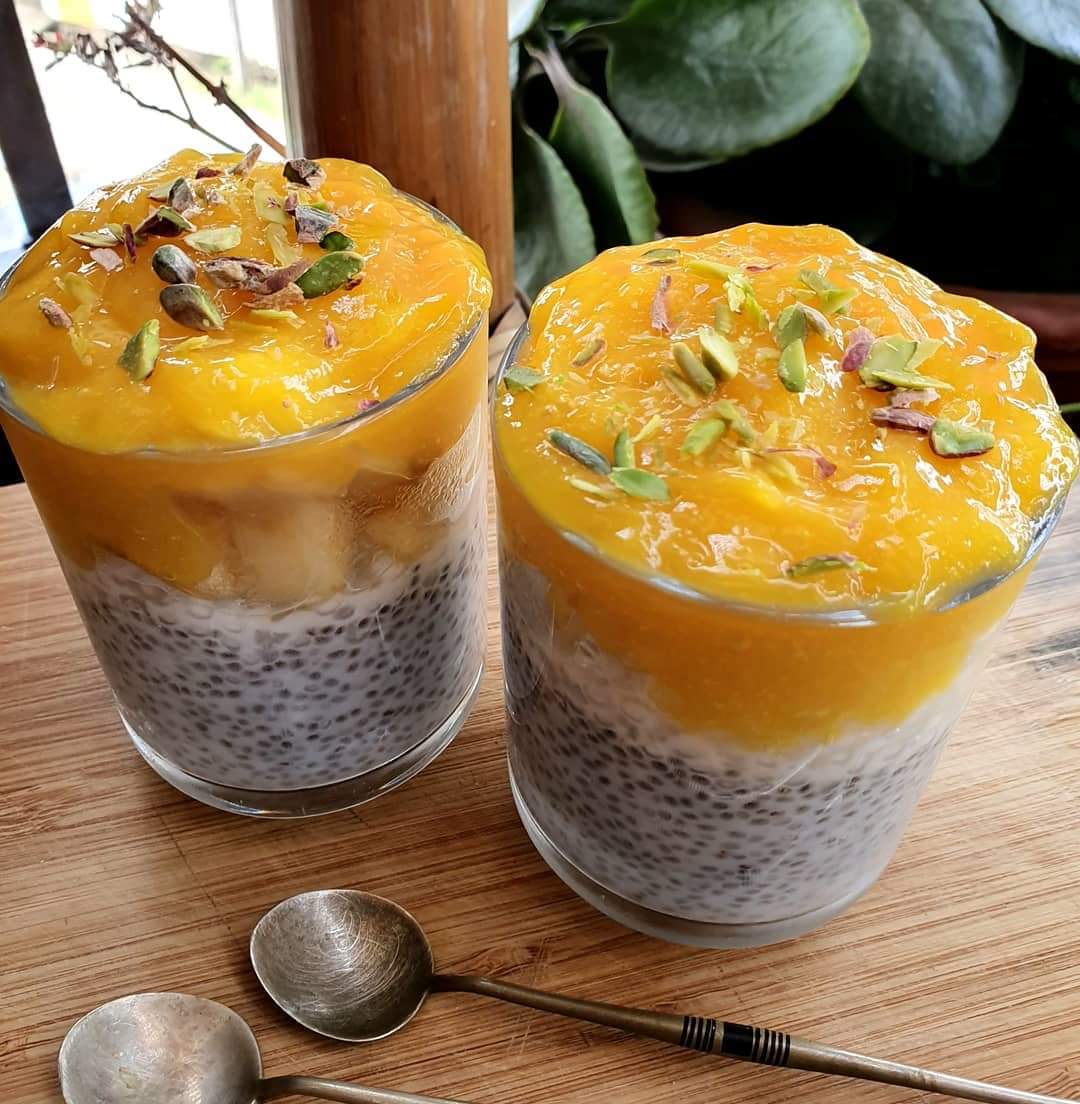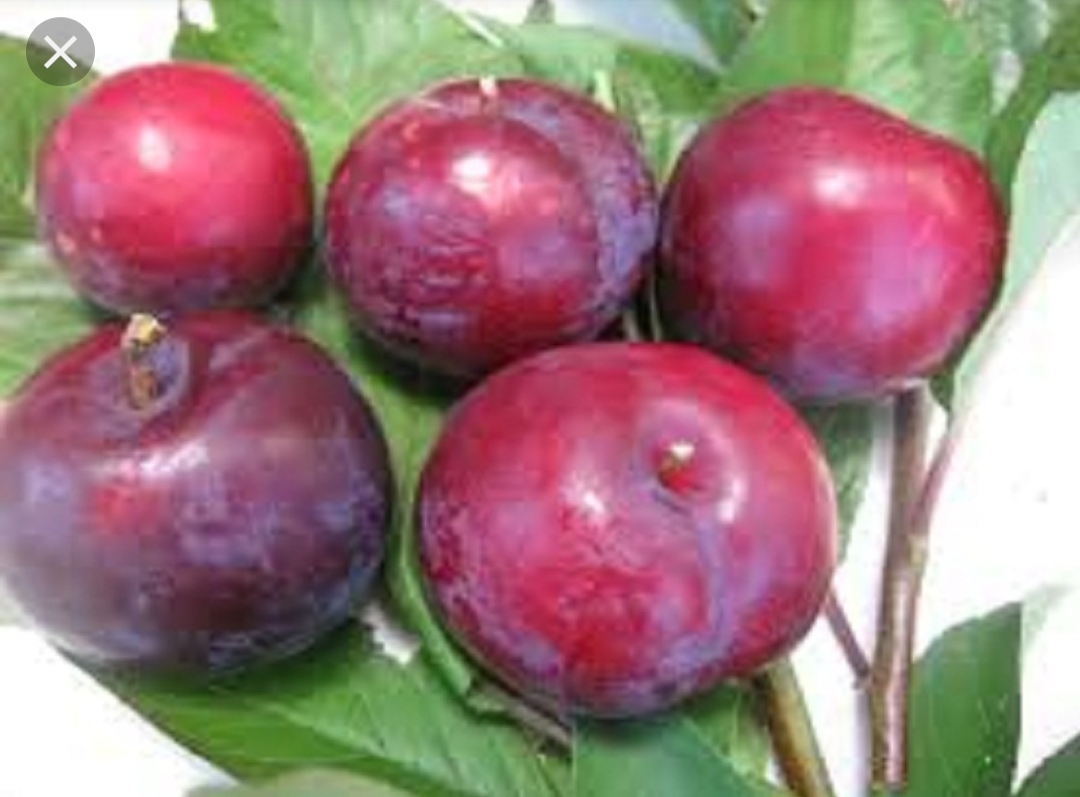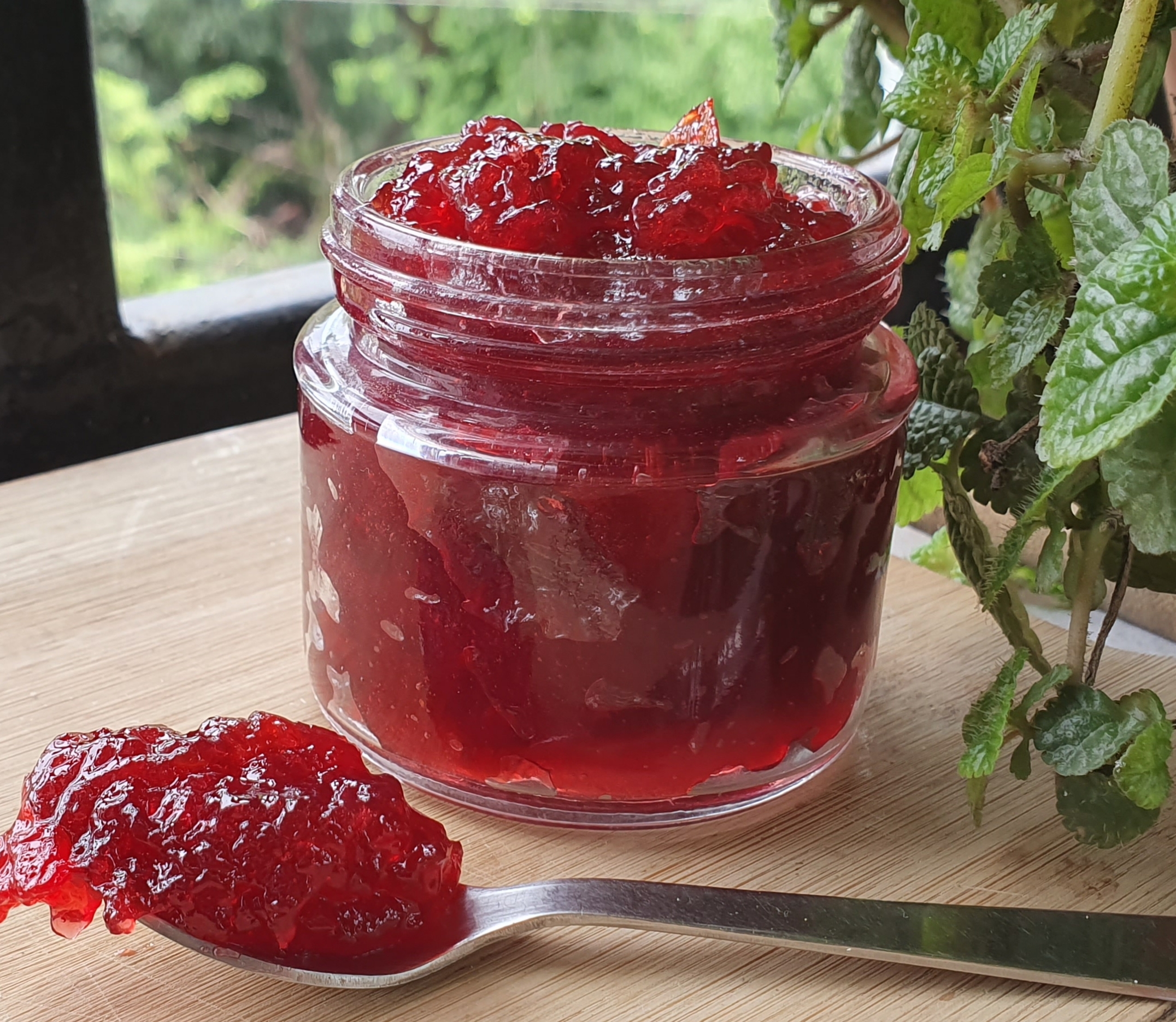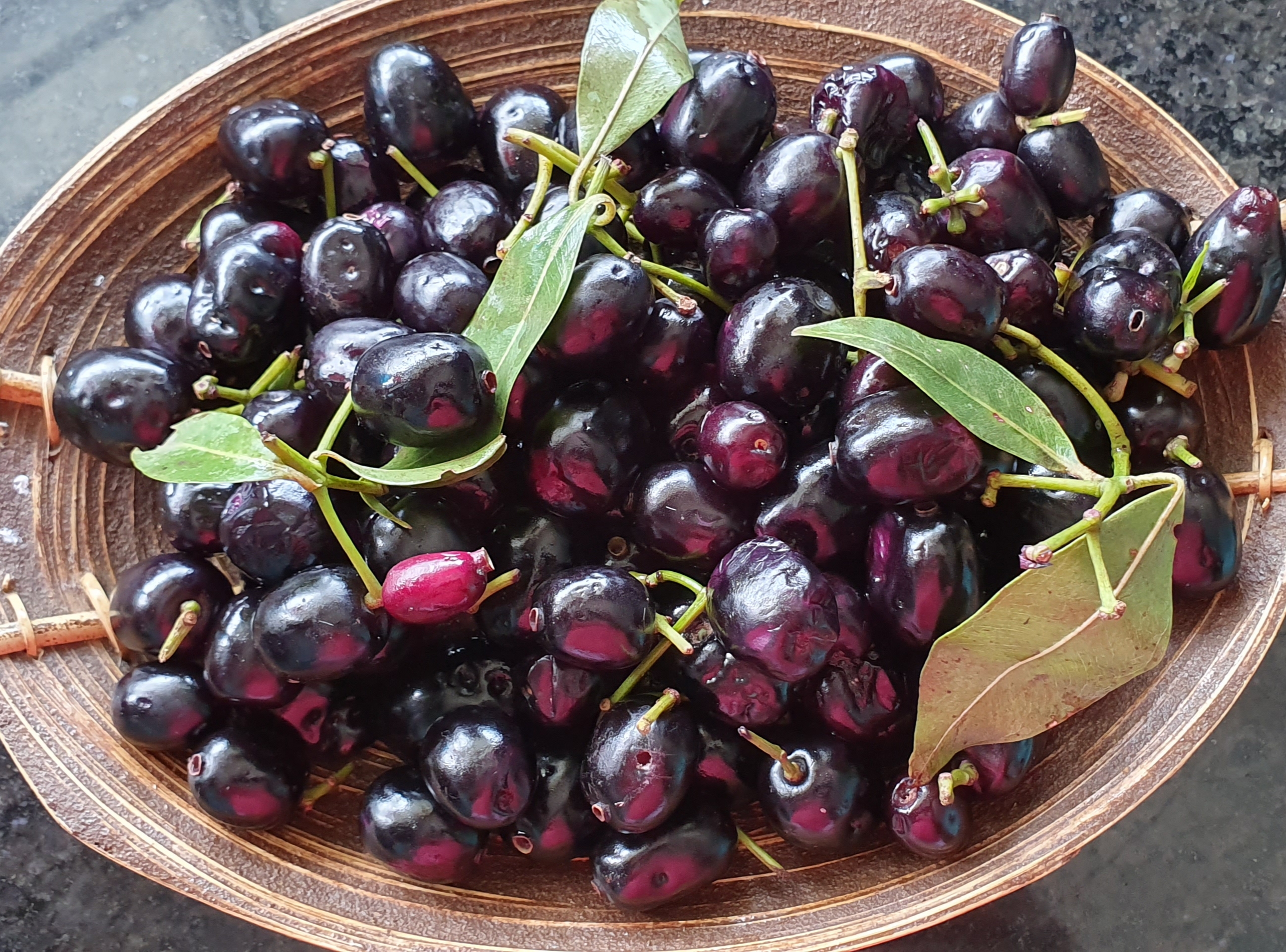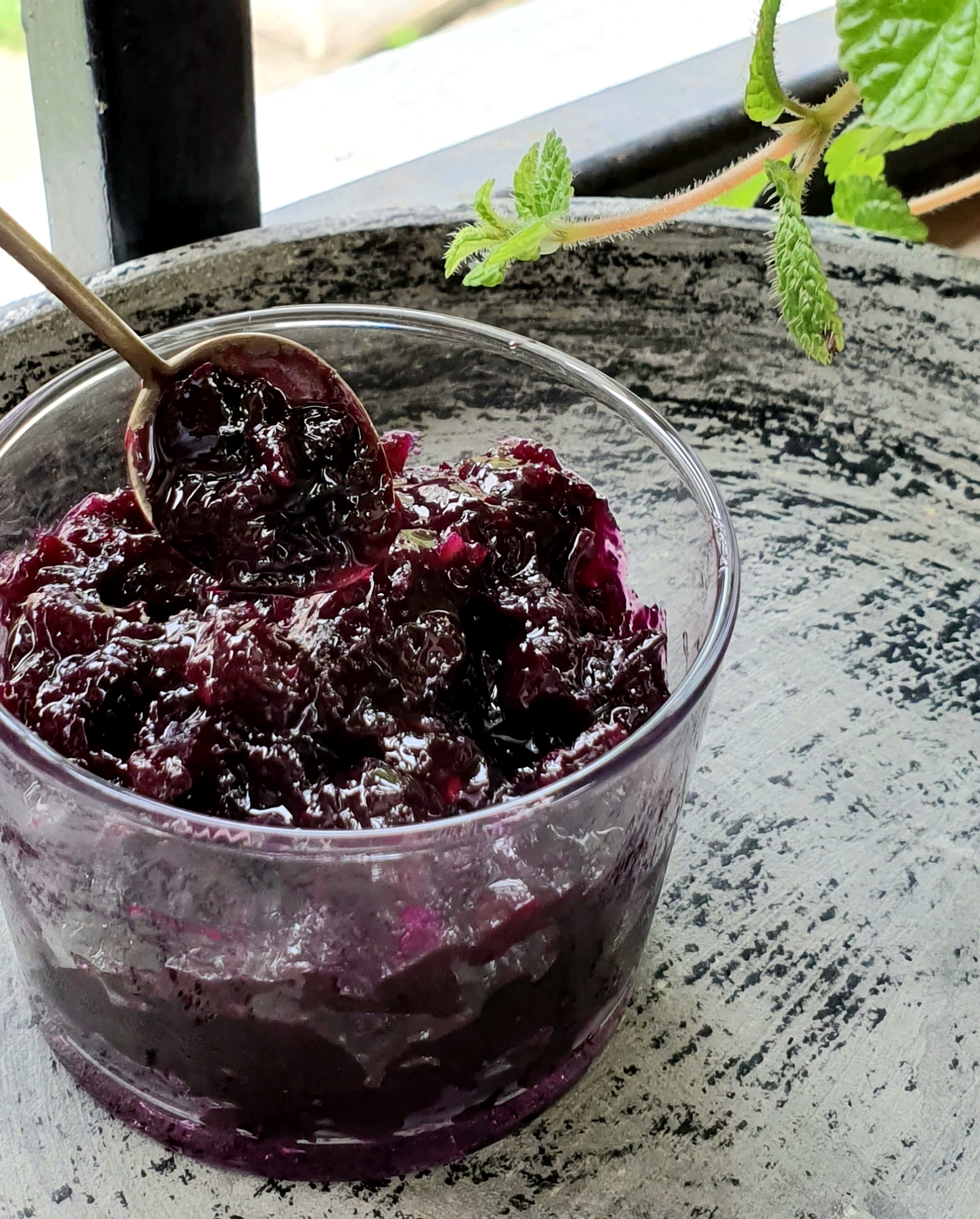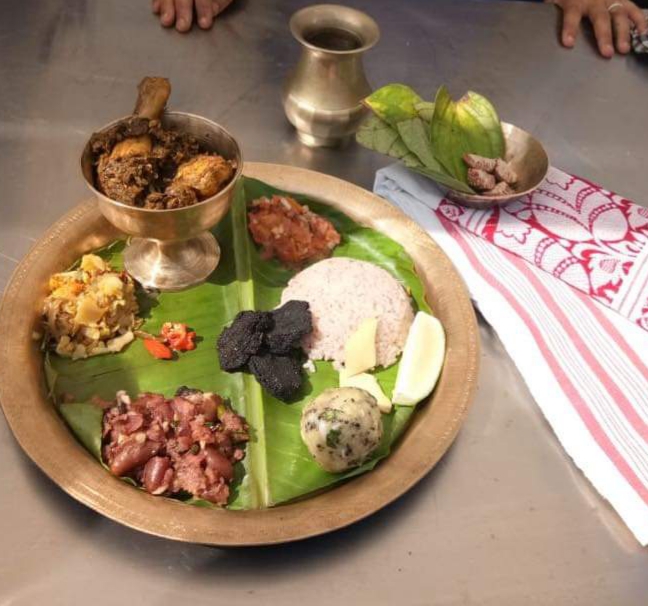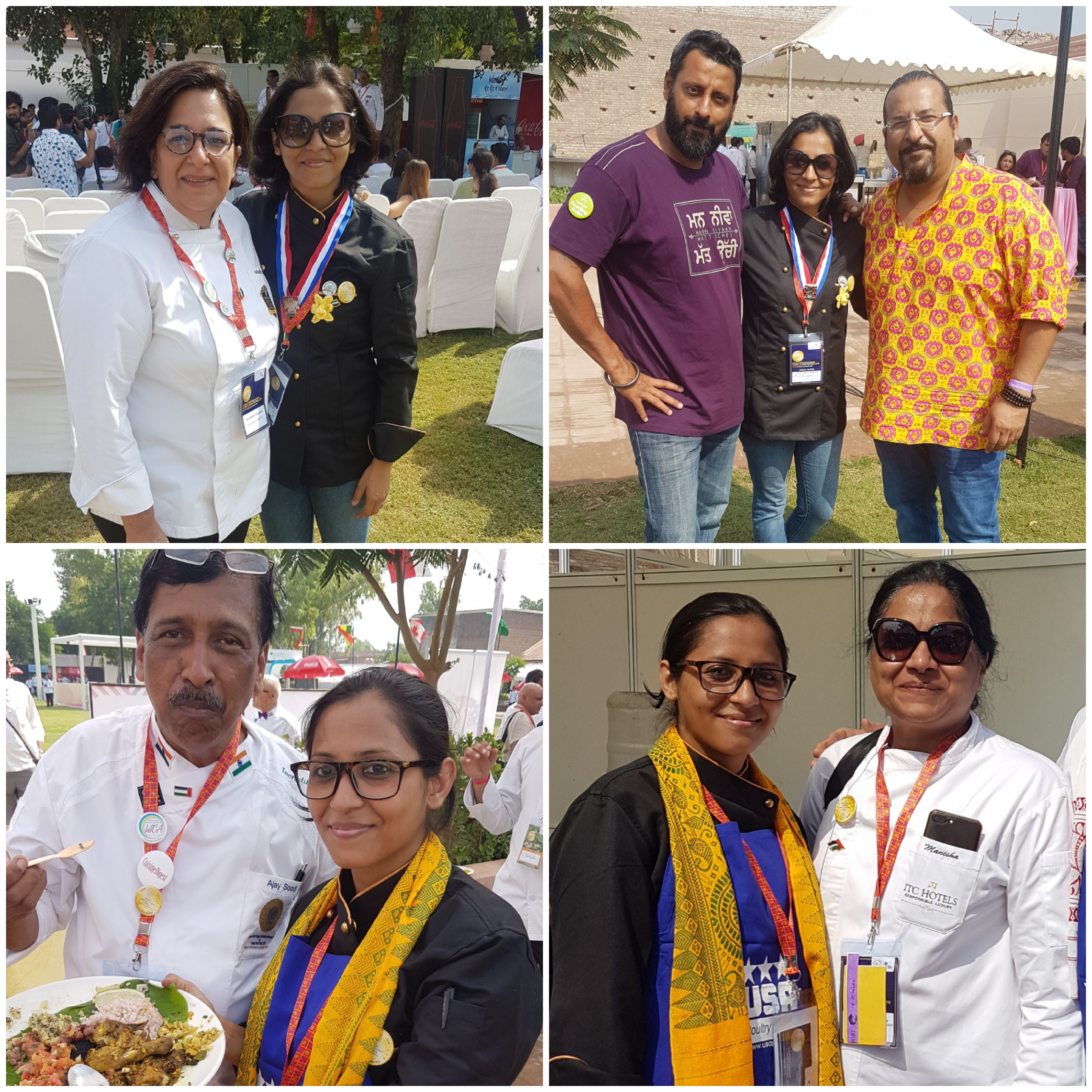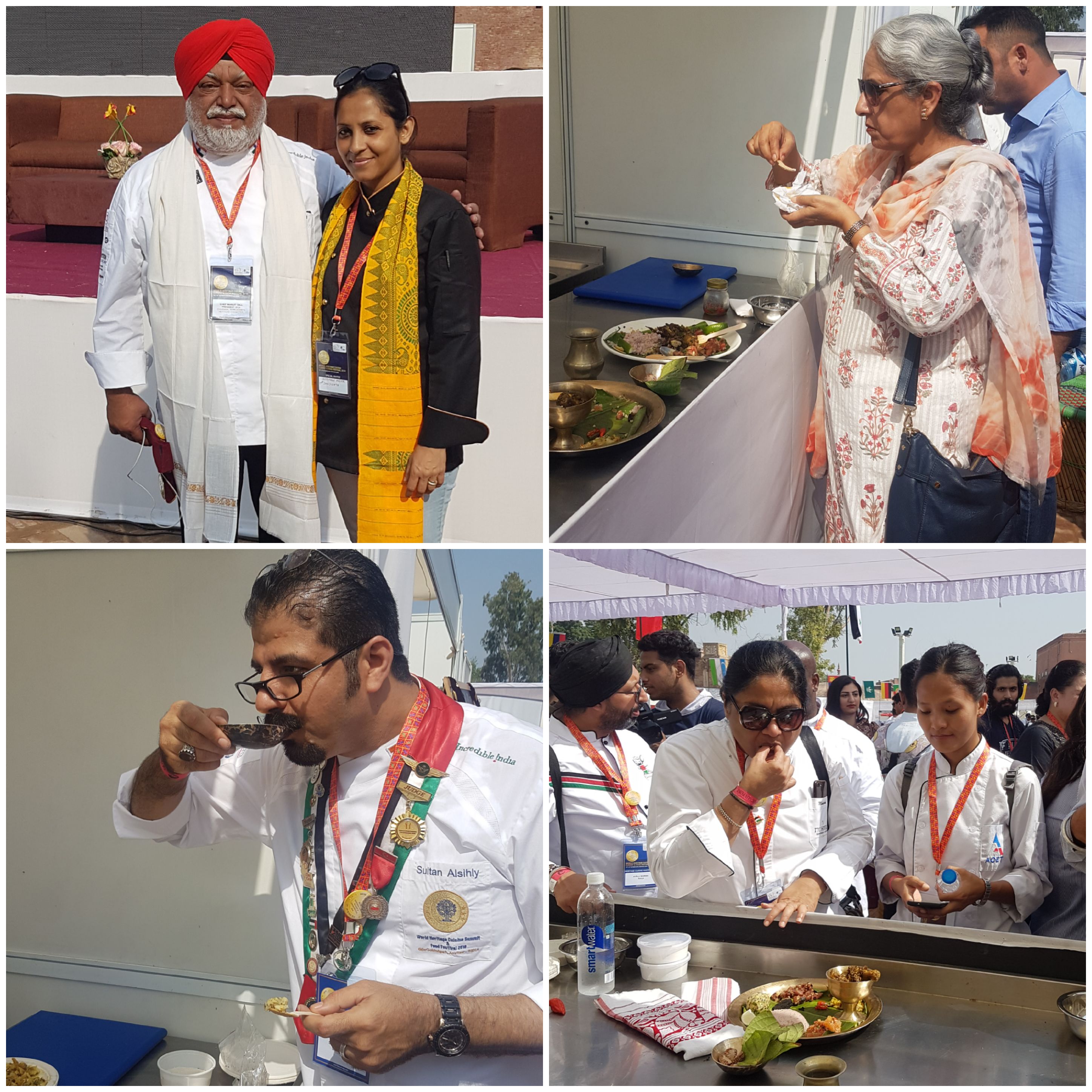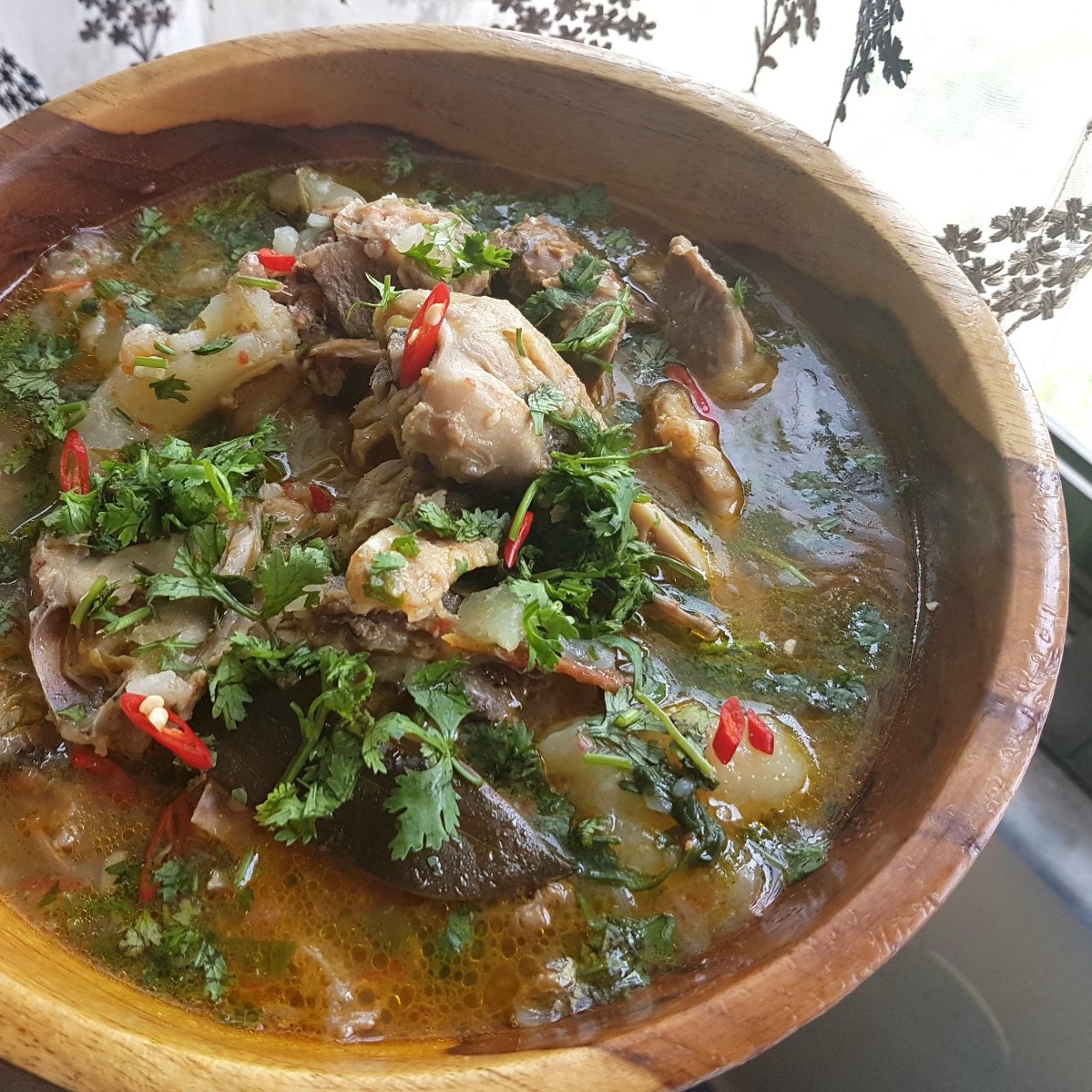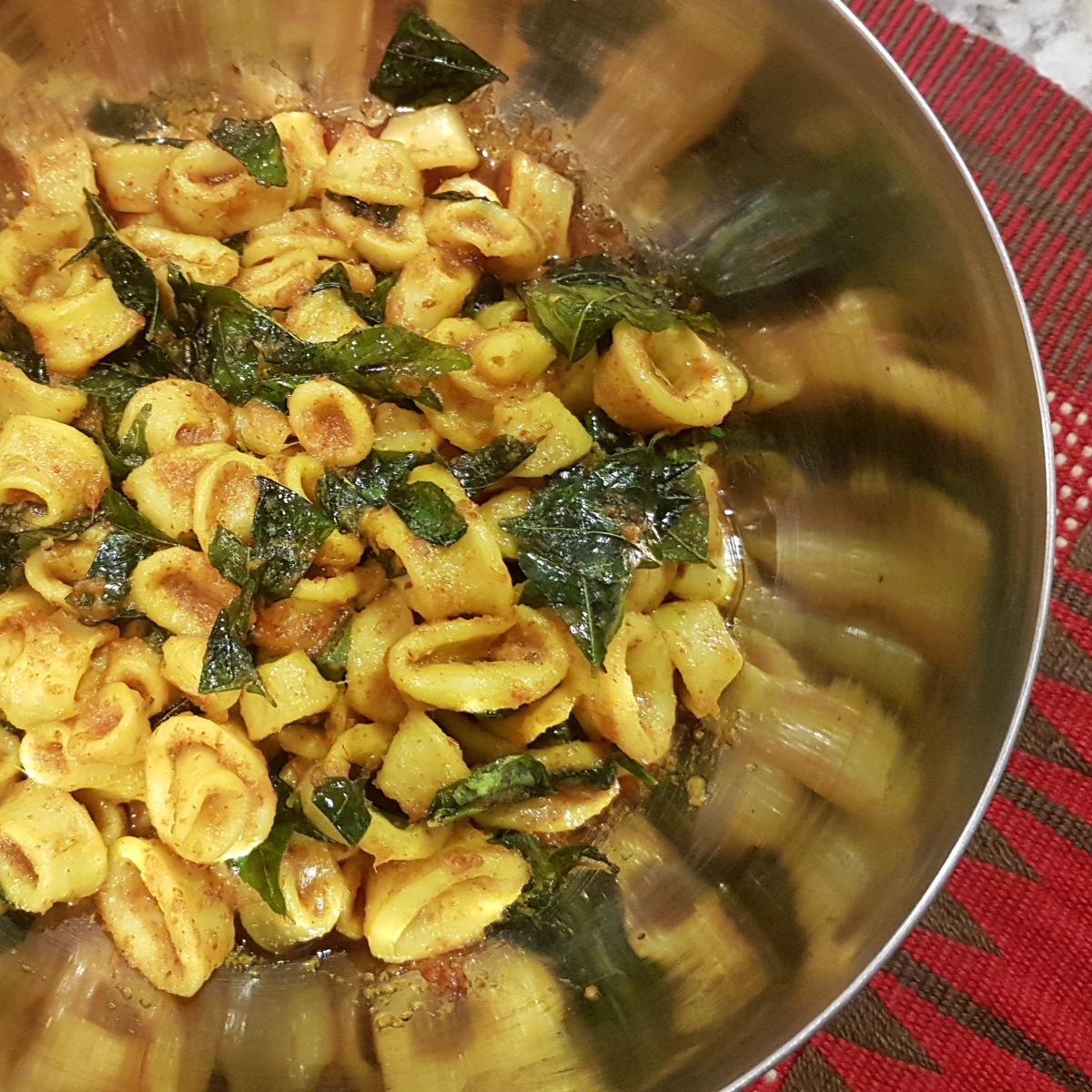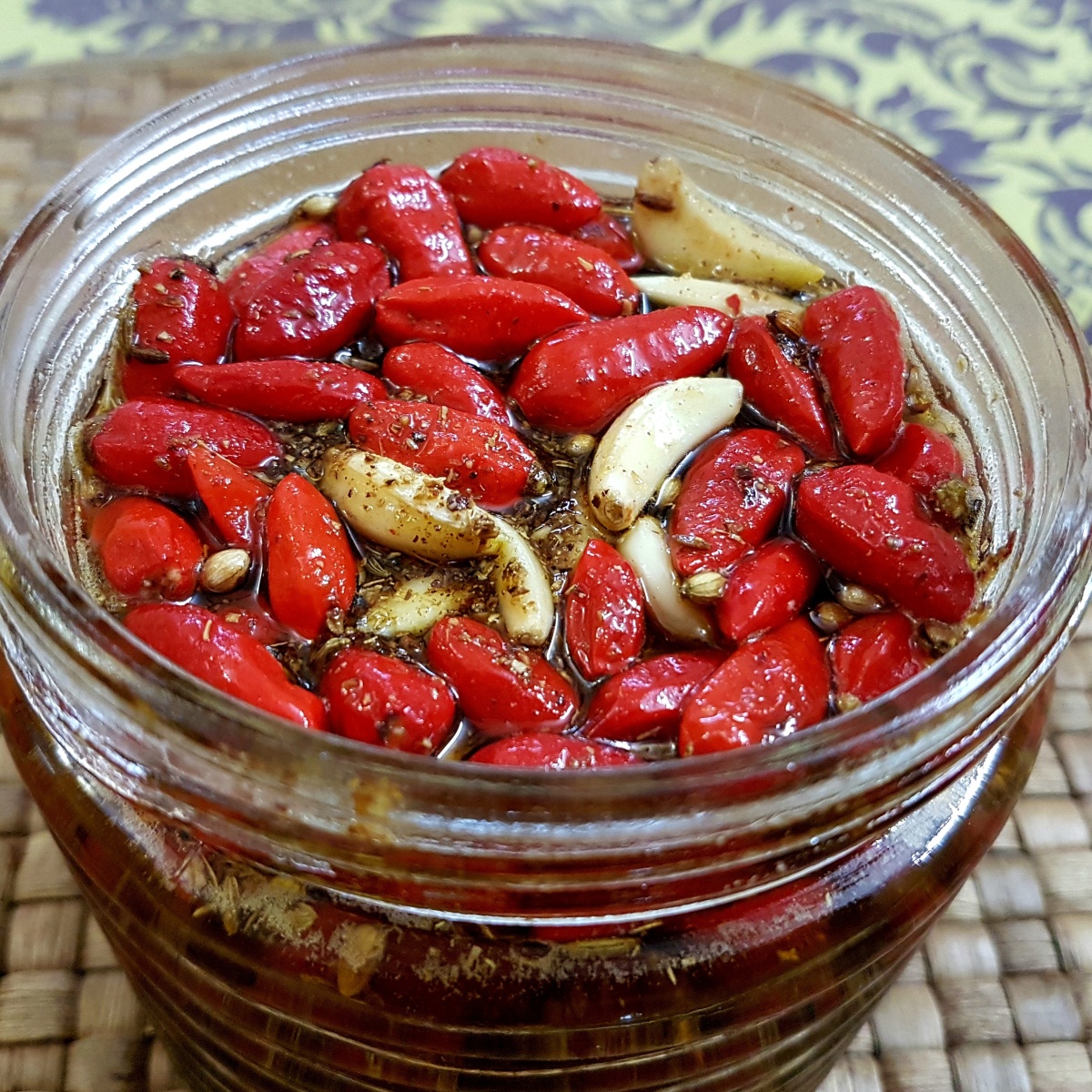The season of mangoes were here and I did quite a few experiments with mangoes, I am going to share a few of my favorites here. Today let me tell you how I ended up making this amazing pudding.
The husband time and again takes a sabbatical from normal food and the intake of diet food supersedes and that is one time when I try my best to make high protein, less white sugar, zero oil food. In a way I do enjoy the indulgence in my kitchen experiments, sometimes it becomes a little frustrating especially for a cook like me who is more of an instinctive cook and counting calories and fat and protein and carbs sometimes takes a toll on me.
However I do keep trying and that is something that I do with 100% zeal. So when a few diet conscious people came home and were zero tolerant towards white sugar, I decided to fruit it up and here is how the idea of pudding came up.

The idea was to give them something sweet and yet not really crib much about the sweetness, though at times I know a few health geeks even curse the sweetness in fruits. But sometimes an extra dose of fruit is not going to do us much harm.
INGREDIANTS: (Serve 4)
- Mango – 2 big size.
- Apple – 1 big size.
- Chia seeds- 3 tablespoon.
- Tapioca Pearls- 1/2 cup.
- Coconut Milk – 200 Ml
- Water – 200 Ml
- Chopped Nuts – Pistachios, Cashew, Almonds and Walnuts for the garnish.
HOW TO GO ABOUT IT:
- Chop the apples into small cubes. Soak them in little water keep them aside.
- Soak tapioca Pearls in 200 Ml coconut water for an hour or till the Pearls are completely soft and mushy. You may add water to the coconut milk in case you need more liquid to soaking.
- Soak chia seeds in water just enough to cover the seeds. In about 10 minutes you will see that the seeds have risen and are soft for consumption .
- Peel the mangoes and discard the seeds. Run the pulp in a blender till its runny and silky smooth. The puree is the final layer of the pudding.
- In a small glass or bowl, first add the chia seeds, then layer it with tapioca Pearls, the chopped apples and then layer it with mango puree. Repeat this till everything is finished and 4 glasses/bowls are yielded out of the ingrediants prepared.
- Pop them into the refrigerator and allow them to rest there for about an hour or till they are chilled.
- Top them with the chopped nuts and serve cold.
The dessert can be a bright breakfast idea too. I have many a times skipped the oats, dahlia or couscous breakfast and replaced with this pudding. One can make tremendous variations by adding Greek yogurt or more chopped fruits etc. The sky is the limit for people who innovate.
Happy Eating and Happy Cooking.
